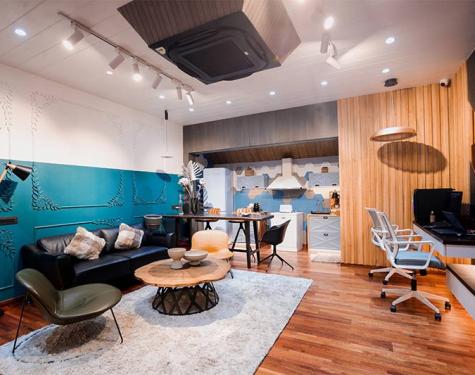
Veterans Interiors, Bangalore
Residential Case Study
What kinds of lights work best with an interior furniture and decor showroom? Read our case stu.. See how
 16 Million Colour
16 Million Colour Dimmable
Dimmable Control from Anywhere
Control from Anywhere Adaptable Light Modes
Adaptable Light Modes Control Appliances from anywhere
Control Appliances from anywhere
With our experts by your side, explore smart experiences customised to your taste. We’ll just need a few things from you to get started.
Share your floor plan
Enter space area
Enter height
Submit
Witness the work of our experts who have transformed empty spaces with aesthetic creativity and our lighting technology into awe-spiring creations.
Copyrights Wipro Consumer Lighting. All rights reserved.
Wipro Enterprises Limited Wipro Consumer Care and Lighting (WCCLG) | Wipro enterprises | Wiprolighting | NorthWest Switches